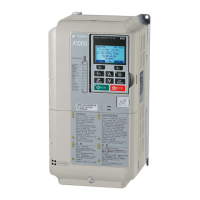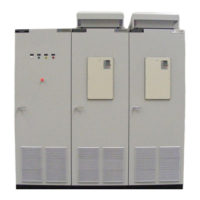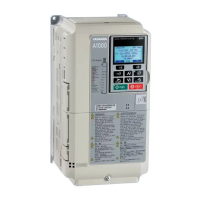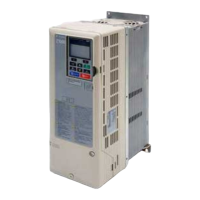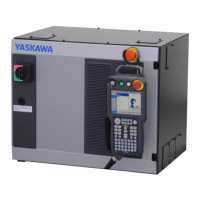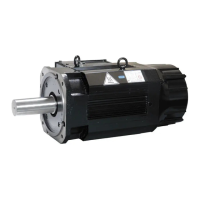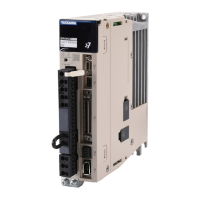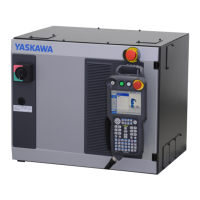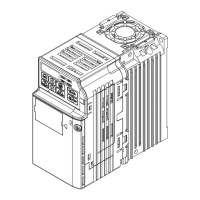■ d4-08: Frequency Reference Bias Upper Limit (Up/Down 2)
Parameter d4-08 sets the upper limit of the Up/Down 2 bias (monitor U6-20) and the value that can be saved in parameter
d4-06. Set this parameter to an appropriate value before using the Up/Down 2 function.
Note: When the frequency reference is set by the digital operator (b1-01 = 0) and d4-01 = 1, the bias value will be added to the
frequency reference if no Up/Down 2 command is received for 5 s, and will be reset to 0 afterwards. From that point, the bias can
be increased up to the limit set in d4-08 again.
■ d4-09: Frequency Reference Bias Lower Limit (Up/Down 2)
Parameter d4-09 sets the lower limit of the Up/Down 2 bias (monitor U6-20) and the value that can be saved in parameter
d4-06. Set this parameter to an appropriate value before using the Up/Down 2 function.
Note: When the frequency reference is set by the digital operator (b1-01 = 0) and d4-01 = 1, the bias value will be added to the
frequency reference if no Up/Down 2 command is received for 5 s, and will be reset to 0 afterwards. If the bias is increased using
the Up 2 command, it cannot be reduced with a Down 2 command when the limit set in d4-09 is 0. To allow speed reduction in
this situation, set a negative lower limit in d4-09.
■ d4-10: Up/Down Frequency Reference Limit Selection
Selects how the lower frequency limit is set when the Up/Down function is used. Refer to Setting 10, 11: Up, Down
command on page 217 for details on the Up/Down function in combination with frequency reference limits.
Setting 0: Lower Limit is Determined by d2-02 or Analog Input
The lower frequency reference limit is determined by the higher value of either parameter d2-02 or an analog input (A1,
A2, A3) that is programmed for “Frequency bias”.
Note: For example, if the command to switch the external reference (H1- = 2) is used to switch between the Up/Down function and
an analog input as the reference source, then the analog value would become the lower reference limit when the Up/Down
command is active. Change d4-10 to 1 to make the Up/Down function independent of the analog input value.
Setting 1: Lower Limit is Determined by Parameter d2-02
Only parameter d2-02 sets the lower frequency reference limit.
■
d4-11: Bi-Directional Output Selection
Selects if the frequency reference or PID output value is converted into bi-directional internal frequency reference. Refer
also to the PID block diagram in Figure 5.23 to see how bi-directional output works.
Note: When used in combination with PID control, the bi-directional output function can be enabled or disabled using a digital input
(H1- = 7F)
Setting 0: No Conversion
The frequency reference or PID output value is used as it is without being converted. The drive will operate in the
direction selected from 0 to 100% of the maximum output frequency.
Setting 1: Bi-Directional Output Conversion
When the frequency reference or PID output is below 50%, the drive reverses the selected direction. When it is above
50% the drive works in the selected direction.
No. Parameter Name Setting Range Default
d4-08 Frequency Reference Bias Upper Limit (Up/Down 2) 0.0 to 100.0% 100.0%
No. Parameter Name Setting Range Default
d4-09 Frequency Reference Bias Lower Limit (Up/Down 2) -99.9 to 0.0% 0.0%
No. Parameter Name Setting Range Default
d4-10 Up/Down Frequency Reference Limit Selection 0 or 1 0
No. Parameter Name Setting Range Default
d4-11 Bi-Directional Output Selection 0 or 1 0
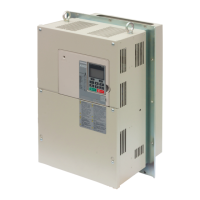
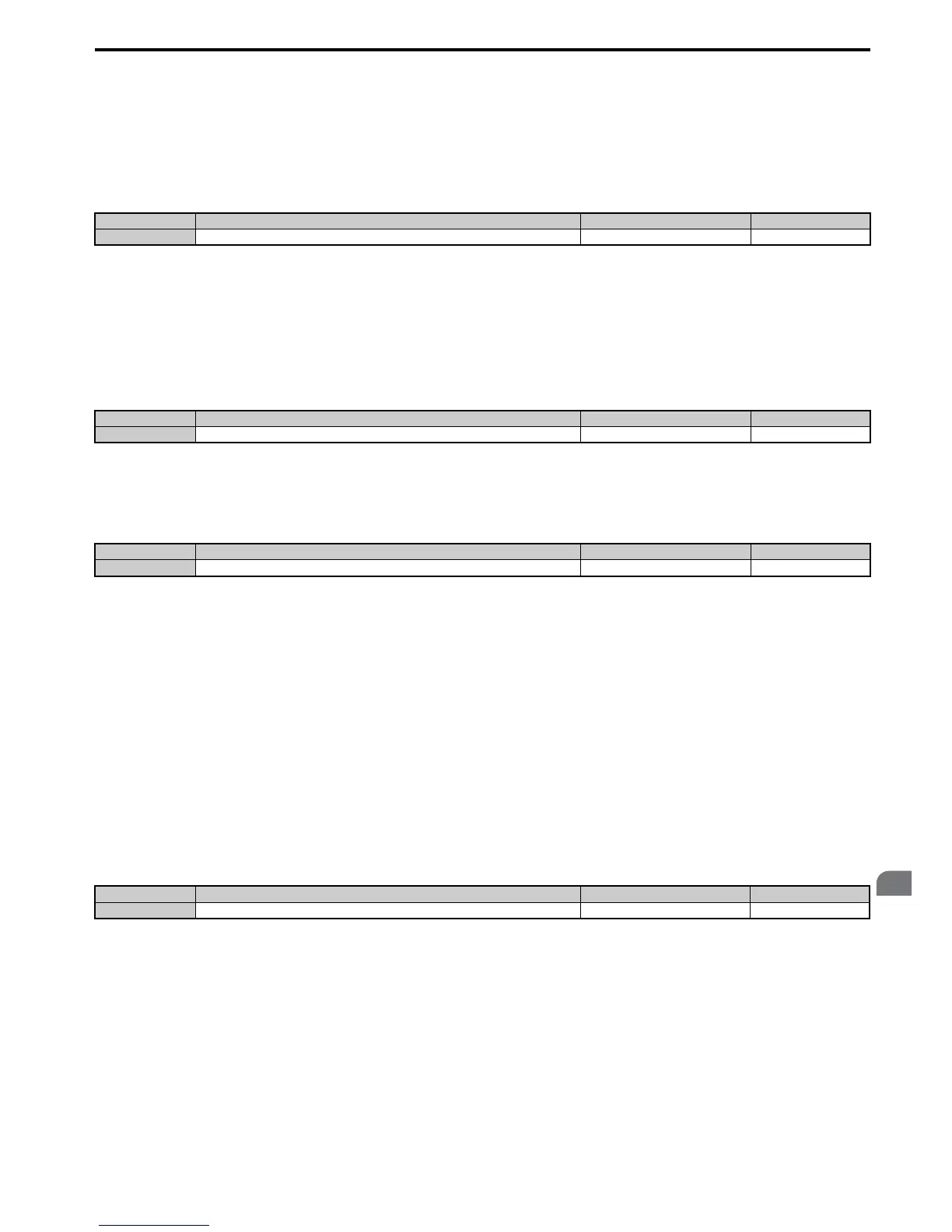